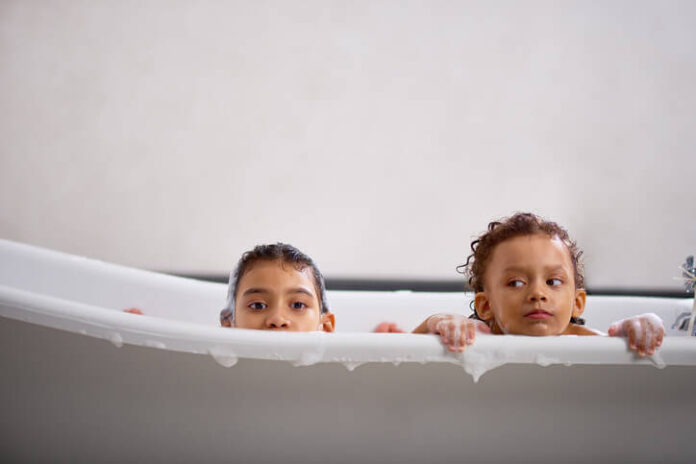By Harry Enten
My first memories of bathing were of my mom dragging me into the bathtub kicking and screaming. Those days are long gone, and I’m now a once-a-day-shower kind of guy.
Perhaps that’s why, as of a few months ago, I got this yucky look on my face upon hearing about people who don’t shower or bathe every day. But what if I and the roughly two-thirds of Americans who shower daily have it wrong? What if bathing every day is not the best way to be hygienic?
Just ask Dr. James Hamblin, who made waves a few years ago when he decided to stop showering cold turkey. After his experiment, he wrote a book called “Clean: The New Science of Skin and the Beauty of Doing Less.”
“Hygiene practices are one of the last areas where people will openly call one another gross or disgusting,” Hamblin told me. “We’ve made a lot of progress in a lot of other areas, but that is still just an area of just unrepentant judgment, and we need to examine that.”
No one is immune to this judgment. Mila Kunis and Ashton Kutcher generated a ton of headlines last summer when they admitted they took a laid-back approach to their kids’ bathing habits.
But polling tells us just how modern the phenomenon of regularly showering or taking a bath is. According to Gallup, in 1950, fewer than 30 percent of Americans took a shower or bath at least once a day.
Yet we seemed to survive just fine. So, I decided to dig into the issue a little more. Why are we bathing so much now, and do we need to? Where do we draw the line between what’s necessary for our hygiene … and what’s just marketing?
According to Katherine Ashenburg, author of “The Dirt on Clean: An Unsanitized History,” humans have a complicated history with bathing dating back to ancient Rome. While the Romans loved their baths, bathing became a dirty word for the next several hundred years.
Perhaps most telling: French King Louis XIV reportedly seldom took a bath. But he got a pass because he changed his linen shirts multiple times a day. Go figure.
(Courtesy: CNN)













